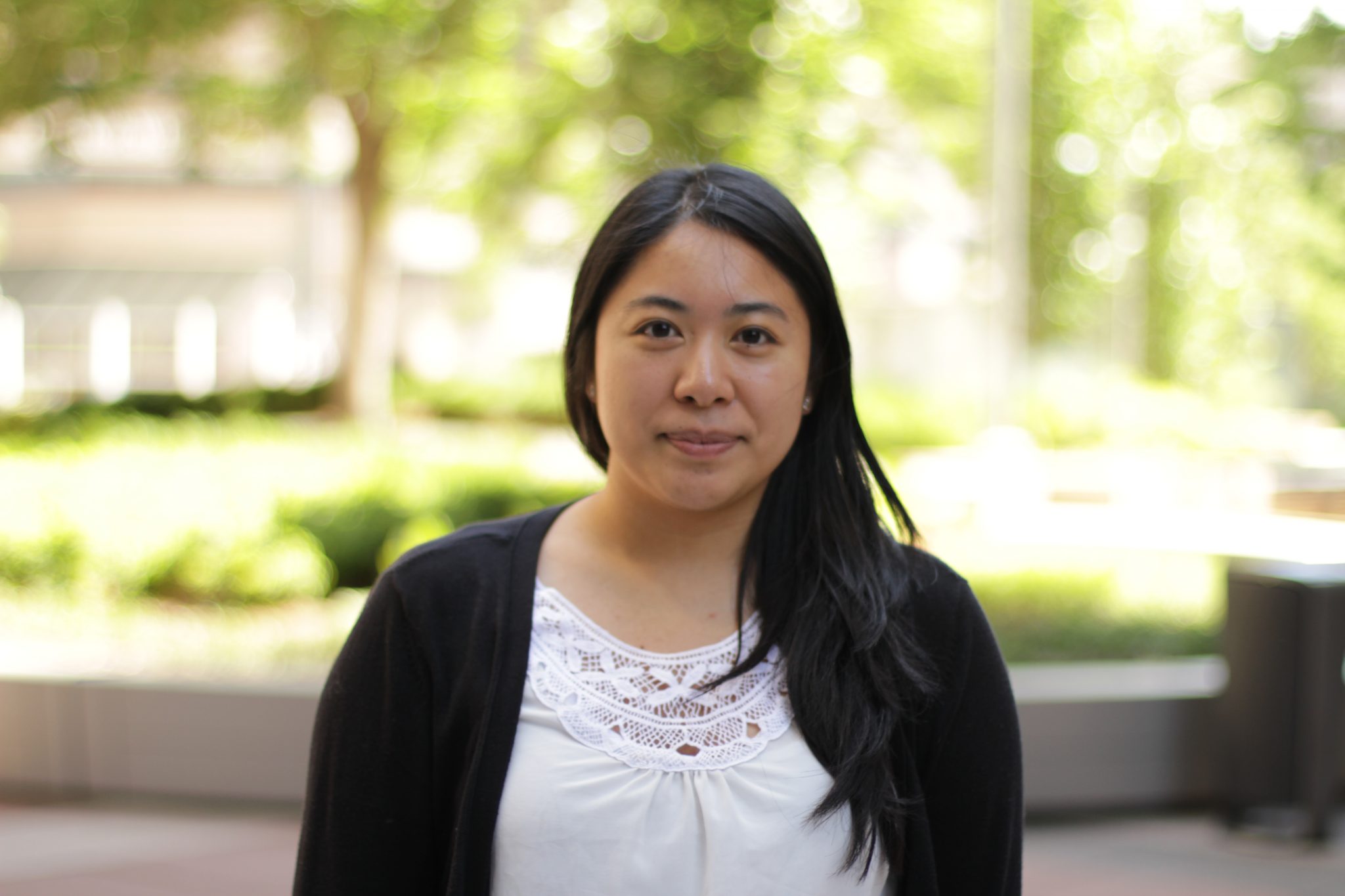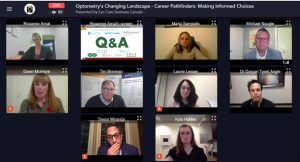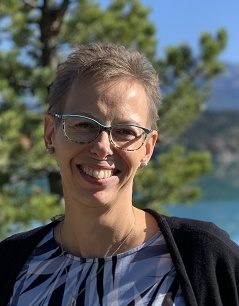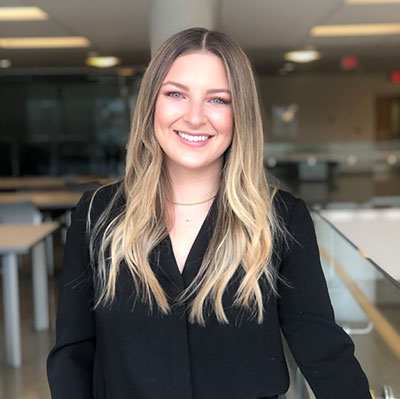
While the challenges of of recruiting in eye care were evident in 2019, the last two years have added a whole new dimension to the challenge.
Since the onset of the pandemic in March 2020, we have seen significant workplace trends develop from an acceptance of remote working, online meetings, flexible work hours to support home schooling and, overall, a new set of rules and worries – for both employers and employees. There has been a lot of learning!
For the past 10 years or longer employers have been told to prepare for the great resignation/retirement wave that was going to hit the workforce with the baby boomers coming up to 60+ years.
The Pandemic Has Empowered Employees
We were starting to experience this back in 2019 but now the pandemic dynamic has accelerated what was already happening – people removing themselves from the workplace.
Workers are quitting their jobs at unprecedented rates. But here’s the thing; what we’re seeing right now isn’t just a generation of baby boomers stepping into retirement. It’s a bigger phenomena.
People who are leaving their jobs aren’t passively surrendering or checking out. People are actively shifting the narrative about what is acceptable (and not acceptable) in jobs and workplaces.
If your star employees have not left yet, they might be “hunkering down” – biding their time, ready to pounce on new opportunities. Perhaps they will consider starting their own business, buying a franchise or changing industries entirely.
People are embracing their power and helping to reframe how work can and should look and feel.
Time. Space. Growth. Autonomy. Leadership. Wellness.
Work-life integration. Money. Safety. Engagement. Equity.
All of these things are essential to our mutual success. The problem is that employers and employees are not always on the same page about what these things are or ought to be, in policy or practice.
So, what does that mean for the Optometry Clinic and Optical? Here is a quick checklist of 6 things you can do to make everything work better at your business.
- Programmable Recruiting. Consider who you want to attract and then target them. Social media tools allow you to set the demographics you want to reach and target your spend on the best potential candidates not volume of candidates. Seek Quality – Not Quantity
- It’s Not About You. Shift the narrative in your communications with candidates and your team about what it is they can expect to get from you not what you are wanting to get from them.
- Know Your People. Understand what your current people want from work. Are you over-extending them with more hours than they want but they are not speaking up? Do you have the opportunity to support up skilling or professional development?
- Measure What Matters. Are the roles in your practice where you can provide training and upskilling? If so, put the focus on who they are, then look at what they know and what they have done.
- Always be looking. Be an organization that is always on the look-out for great talent to bring to the team. Don’t wait until you need to fill a position. If someone great comes along see how you can make room for them. If not immediately, keep the contact warm.
- Build Your Community. We all have a community around us. The people we work with, the people we serve, the suppliers, friends, family and professional contacts. Keep connected. Share what you know and be a valued member of your community. Give first is always the best approach to building relationships.

TIM BRENNAN
is Chief Visionary Officer with Fit First Technologies Inc, the creators of Eyeployment, TalentSorter and Jobtimize.





























